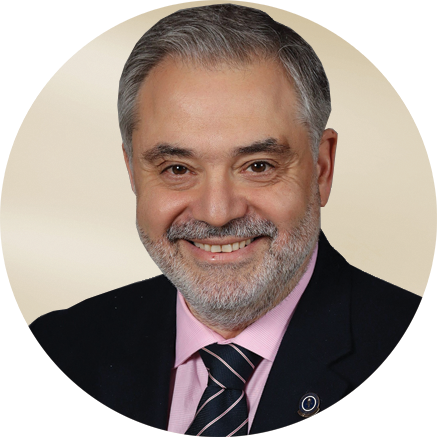
Nadim Baba
About
Dr. Nadim Z. Baba received his DMD degree from the University of Montreal in 1996. He completed a Certificate in Advanced Graduate Studies in Prosthodontics and a Masters degree in Restorative Sciences in Prosthodontics from Boston University School of Dentistry in 1999. Dr. Baba serves as a Professor in the Advanced Education program in Prosthodontics at Loma Linda University School of Dentistry, and maintains a part-time private practice in Glendale, CA. He is past president of the American College of Prosthodontists, a Diplomate of the American Board of Prosthodontics and a Fellow of the American College of Prosthodontists and the Academy of Prosthodontics. Dr. Baba authored numerous publications including a book entitled "Restoration of Endodontically treated teeth: evidence based diagnosis and treatment Planning" and has lectured nationally and internationally.
Presentation Topic
Restoring Esthetics and Function in Complex Implant Rehabilitations: Considerations for Long-term Success
Learning Objectives
Objective
- Discuss the strategies for improving the success rates of implant rehabilitations, ensuring both functional stability and esthetic satisfaction over time
- Review the importance of proper planning, biomechanics and occlusion for a long-term success of a restoration
- Review relevant scientific principles and clinical procedures required to create an ideal esthetic and functional treatment plan
Presentation Details
Lecture Description
Restoring function and esthetics in complex implant rehabilitations presents significant challenges that require careful consideration of multiple factors for long-term success. The essential components involved in the restoration process, including implant position, prosthetic design, and material choices will be discussed. Emphasis is placed on the importance of proper planning, biomechanics, and occlusion. By analyzing current research and clinical practices, this presentation will provide valuable insights into strategies for improving the success rates of implant rehabilitations, ensuring both functional stability and esthetic satisfaction over time. The importance of a multidisciplinary approach, regular follow-up care, and adaptive treatment protocols will be discussed to address evolving patient needs and mitigate complications, ultimately promoting sustained restoration and function.
